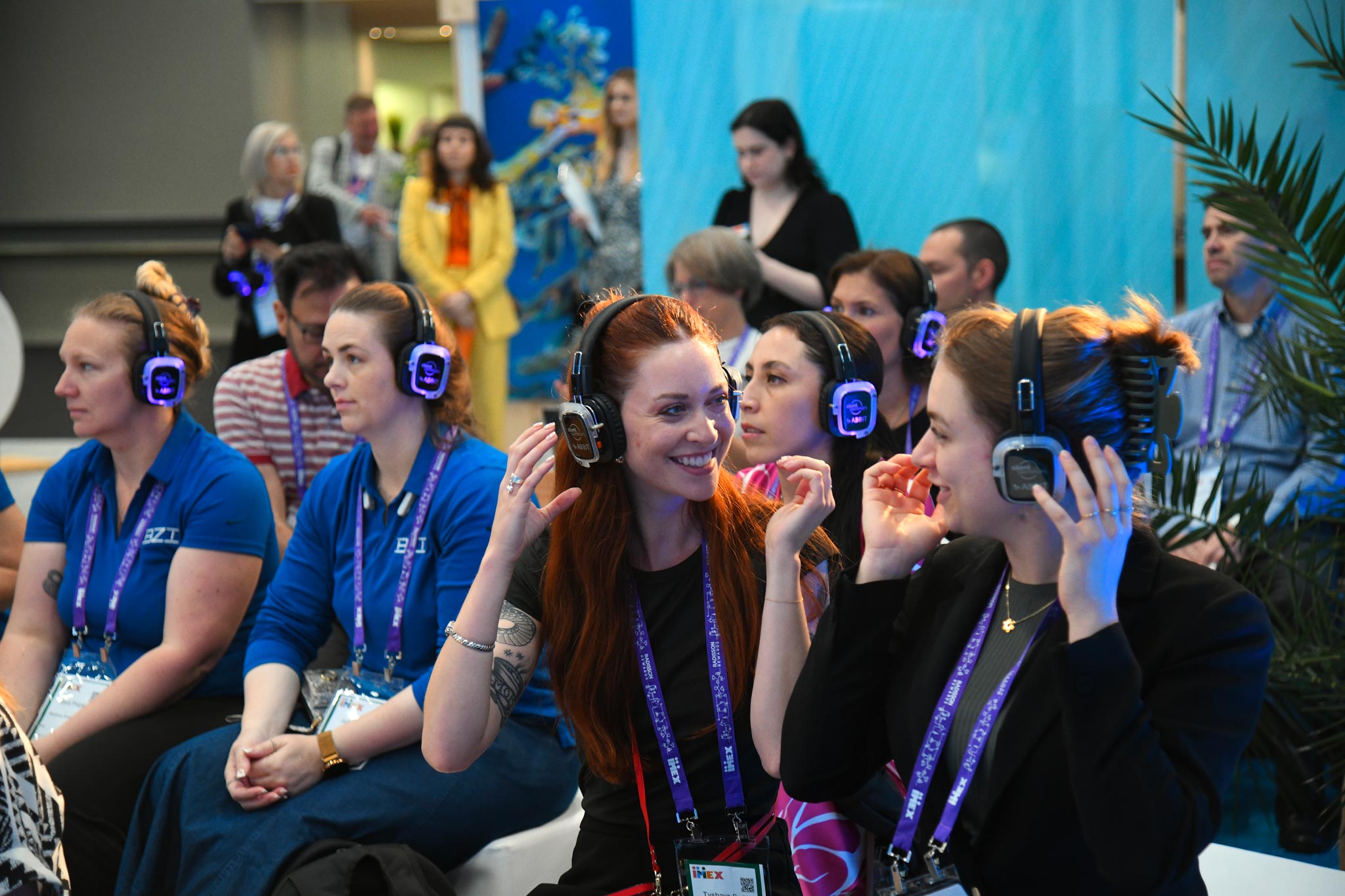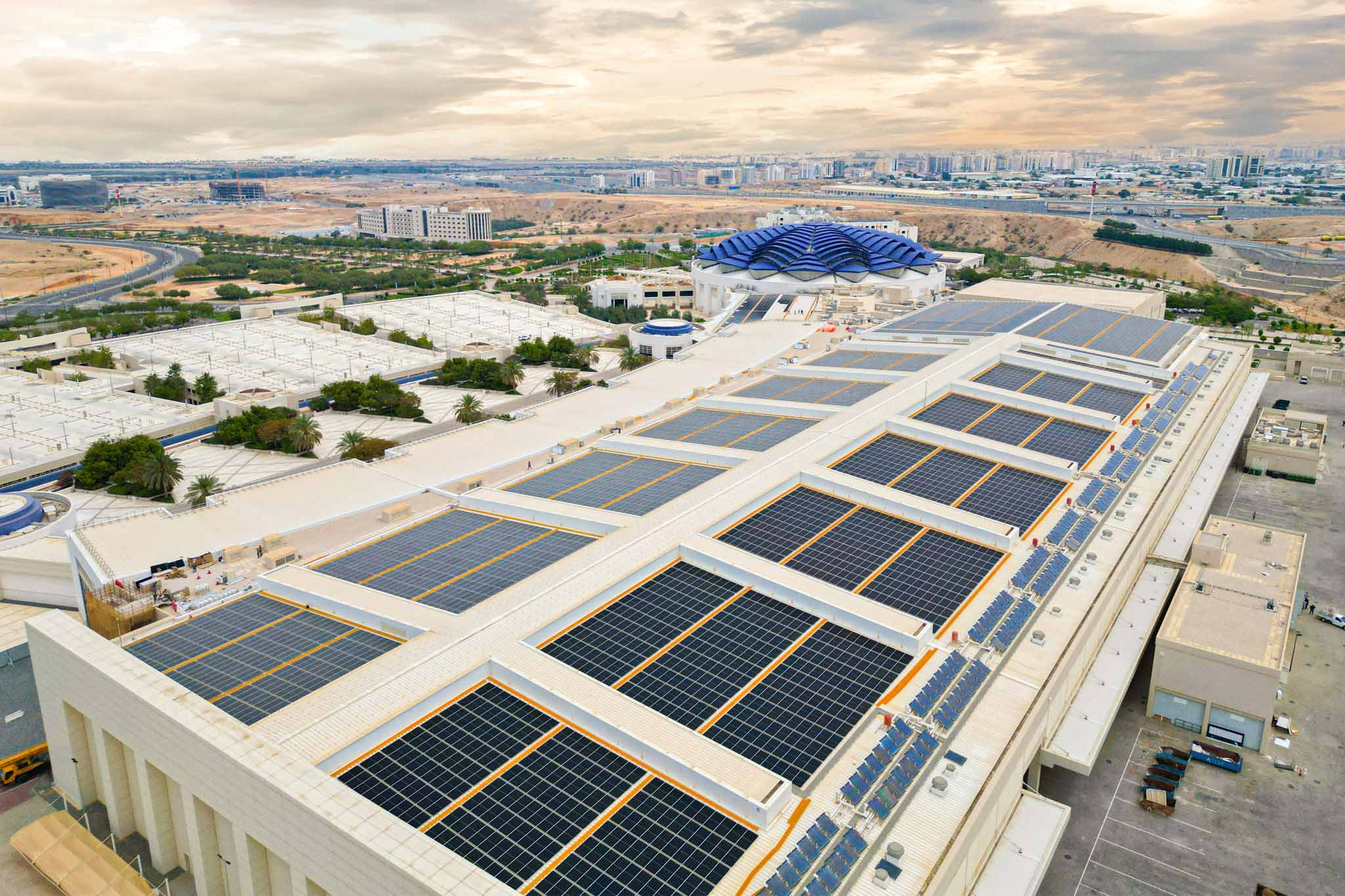In 2020–2021 the Australian business events industry, like many others, was challenged by the lockdowns, travel bans, and social distancing restrictions associated with the Covid-19 pandemic. Mass gatherings of all kinds were cancelled, postponed or disrupted. By April 2020 event industry professionals in Australia found themselves implementing new technologies capable of delivering virtual adaptations of the in-person meetings and conferences they had planned.
Virtual adaptions were, in fact, welcomed by many in the academic community who, prior to the pandemic, were already questioning traditional modes of conferencing (F2F), and were looking to new alternatives to address problems related to “geopolitics, continuing colonialism, the soft politics and power hierarchies in academic societies, and the alleged need for extensive and excessive physical mobility” (Goebel et al., 2020). So, many associations were ready to pivot to the new circumstances and move their events into online formats.
Given the circumstances and the speed with which they and the sector had to pivot, what was achieved was remarkable, and the Australian “can do” spirit shone through. As a 2021 COSPAR delegate remarked in a recent survey we conducted, the masterful adaption to the challenges of staging the conference during the pandemic is testament to Australian collaboration, pragmatism and resolve. The way we deliver and experience events have continued to evolve considerably in the past 18 months.
In 2020 Business Events Sydney commissioned Deborah Edwards, Carmel Foley and Anja Hergesell at the University of Technology Sydney (UTS) to conduct research into the “new normal” for conferences held in New South Wales, Australia. While this research is ongoing, initial results indicate that delegates welcomed the options available to them in hybrid events.
Virtual attendance options made events more accessible in terms of mobility, finance and time. They didn’t involve jet lag for long-haul passengers, offered easier access for those not able or willing to travel, and flattened some of the hierarchies that are inherent in an in-person, centrally organised conference.
The carbon footprint of virtual attendance is better for the planet, registration fees were lower, and there was no need to pay for accommodation.
“Virtual attendance options made events more accessible in terms of mobility, finance and time”
Further, the timeframe for organising attendance at virtual events was shorter. Essentially, more people are able to attend more events more often when they are offered virtually. For these reasons virtual attendance will continue to be offered even when borders reopen, and delegates have indicated that they will continue to take advantage of such options.
F2F business events include intense and intricate forms of interaction which involve language as well as the entire behavioural complex. This enables the establishment of common reference frames between individuals through mechanisms like rapid feedback, hand gestures, facial expressions, pointing and referring to objects in real space, subtle communication cues, information interactions and a shared local context.
So, it is not surprising that we also found that the energy, inspiration and atmosphere generated by like-minded people gathering together physically at meetings and conferences is difficult to replicate in virtual settings. For these reasons, many delegates said they will continue to choose to travel to conferences in Australia to experience in-person events once the borders open.
However, the limitations to meaningful human connection for virtual attendees may be improved in the near future with ongoing technological and behavioural innovations in the design of hybrid conferencing experiences.
The new ‘normal’ for business events, incorporating both virtual attendance and F2F options, will have flow on implications for business events in Australia and elsewhere in the world in terms of the physical size of conferences, conference delivery, bed nights, food consumption, and tourism.
This could prove challenging for an industry which has etched out its worth and value using such measures. Our current research is looking at the impact of virtual attendance on these outcomes.
Thankfully, as a result of a decade of research investment by Australian convention bureaux (see Business Events Sydney’s Beyond Tourism Benefits series), the Australian business events industry incorporates a diverse approach to the way business events are conceptualised, leveraged, planned, delivered, studied and evaluated.
This research has been presented in public policy settings in Australia and government stakeholders have become increasingly aware of the significant scientific, social, and long-term economic value on offer; value that benefits our communities by directly driving development, creativity, partnerships and innovation.
As competition for public funding, potential delegates’ time and other resources increases, the higher value proposition Australian business events have demonstrated and delivered to government, industry and community stakeholders has assisted the industry to be resilient during this turbulent period.
Another area that needs attention in the pivot to virtual conferencing is nurturing exhibitors and sponsors who, anecdotally, may not be realising the same benefits as they do in a F2F format.
“F2F business events include intense and intricate forms of interaction which involve language as well as the entire behavioural complex”
Improved efforts will be required to include them in the new virtual formats. For example, advertisements and links on conference social media platforms to boost views and traffic to their sites and social media pages, brief presentations slots in between scientific presentations akin to television advertising, and html flyers sent to delegates.
The future Business event organisers are adept at incorporating innovative ideas and new alternatives into event design. This is now more important than ever, requiring different design layers with numerous components that can be experienced on several levels and on multiple physical and virtual platforms.
Business event management of the future may be conceptualised as a highly creative product. A staged, temporary and intentionally designed experience in which multiple actors interact, share, create, contribute, serve, explore, learn and connect to achieve a range of planned and serendipitous outcomes on multiple platforms with impact and legacy created for a broad range of stakeholders.
Our research has continuously found that business events are unique and important catalysts for collaboration, and for the creation of working relationships and friendships that are based on trust and common objectives or interests. Collaborations formed at conferences have underpinned some of Australia’s highest achievements (see The Power of Conferences).
Time and again our studies indicate that physical copresence is important for collaboration, knowledge sharing and the formation of partnerships. Physical copresence creates the camaraderie, trust, relationships and friendships which underpin transformative social networks that drive collaboration, innovation and value cocreation.
However, this physical copresence may not need to be permanent, and once the trust, friendship or partnership bonds have been created, they can be maintained through other means.
Australia will soon reopen its borders to international visitors and fortunately our business events industry has put in place the very best of practices, as well as research, to ensure our future delegates are safe and healthy, connected and inspired, and that communities, associations, industries and governments continue to benefit from the wealth of legacies and impacts that are leveraged from Australian business events.
They understand that the greatest value is when they deliver a legacy for communities and future generations and results for their stakeholders.
Reference for direct quote: Janna Goebel, Caroline Manion, Zsuzsa Millei, Robyn Read and Iveta Silova (2020). Academic conferencing in the age of Covid-19 and climate crisis: The case of the Comparative and International Education Society (CIES). International Review of Education, 66(5), 797-816.



